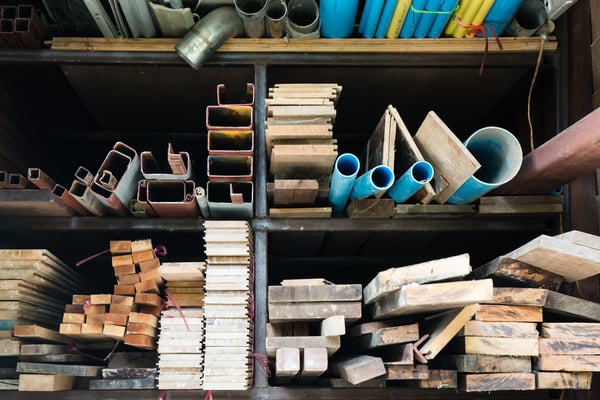Indoor air quality tends to receive less attention than other aspects of building performance, such as energy efficiency and indoor temperature. However, human health and comfort are greatly affected by substances found in the air. We spend more than 90% of our time indoors, according to the US EPA, and indoor air is, on average, 2 to 5 times more polluted than outdoor air.
To improve indoor air quality, the concentration of air pollutants must be kept under control. There are three ways to do this, and the best results are obtained when combined:
- Minimize sources of air pollution within a building.
- Provides a constant supply of fresh outdoor air while removing indoor air that has accumulated pollutants.
- Removing air pollutants directly. This can be achieved with filters and air purifiers, among other methods.
Achieve a ventilation design that improves air quality.
What are the main sources of air pollutants?
Tobacco smoke and automobile exhaust are two examples of sources of air pollution that are well known to the general public. However, other sources of pollution are less obvious. For example, most air fresheners and cleaning products contain harmful substances called volatile organic compounds, or VOCs. Since the aroma of these products is considered pleasant, they are not normally associated with air pollution.
Building materials are also a source of VOCs, especially in new buildings. When the interior of a building or vehicle “smells new”, the cause is a high concentration of VOCs in the air.

Building certification systems such as LEED and WELL award points for improving indoor air quality and using low-VOC building materials. LEED places a strong emphasis on energy efficiency, while WELL focuses primarily on providing healthy conditions for occupants. However, both classification systems place great importance on air quality.
Developers can improve indoor air quality in their projects by specifying low-VOC building materials. To complement this, the ventilation design can include air quality sensors. When an increased concentration of air pollutants is detected, the ventilation system increases airflow to keep them under control.
How air quality is assessed in green building rating systems
LEED certification requires a minimum level of air quality and keeping the indoor environment free of tobacco smoke. In addition to these minimum requirements, there are 8 points available for the following:
- Better indoor air quality (2)
- Low emission materials (3)
- Construction IAQ Management Plan (1)
- IAQ assessment (2)
WELL certification has the same basic requirements as LEED, plus two more: ventilation effectiveness and pollution management in construction. In this case, there are up to 18 points available:
- Better air quality (4)
- Improved ventilation (3)
- Operable Windows (2)
- Air quality monitoring and awareness (2)
- Pollution Infiltration Management (1)
- Combustion minimization (1)
- Font separation (1)
- Air filtration (1)
- Active VOC control (1)
- Control of microbes and fungi (2)
When air pollutants are eliminated at source, less work is required from ventilation and air purification systems. Consider that these systems consume energy and have an operational cost. The most effective strategy is to first minimize sources of air pollution and then use other methods to improve air quality. Low-emission building materials achieve a permanent reduction in indoor air pollution.
Indoor plants are recommended as they absorb many harmful substances as part of their metabolism. However, flowering plants should be avoided in closed spaces, as their pollen causes irritation and allergies in sensitive individuals.
Indoor Air Quality in New Construction
As the materials and furniture in new buildings are recently installed, they still have a high chemical content from the manufacturing process. As a consequence, gas emissions are greater in new buildings. Demand-controlled ventilation systems are typically designed to respond to occupancy but not directly to air pollution levels.
A ventilation system with air pollution sensors can achieve better performance than a system that only monitors occupancy. When air pollutants are measured directly, the system responds to events that do not depend on the number of people in a building. Following are some examples:
- New buildings need extra ventilation to remove higher emissions from new materials and furniture.
- Cleaning products release VOCs and additional ventilation may be required when used recently.
- Some activities require more ventilation than others. For example, 100 people exercising require more ventilation than 100 people sitting at a conference.
Low-emission building materials and smart ventilation design can achieve permanent improvement in indoor air quality. If the developer is seeking certification like LEED or WELL, indoor air quality can also help earn points.

